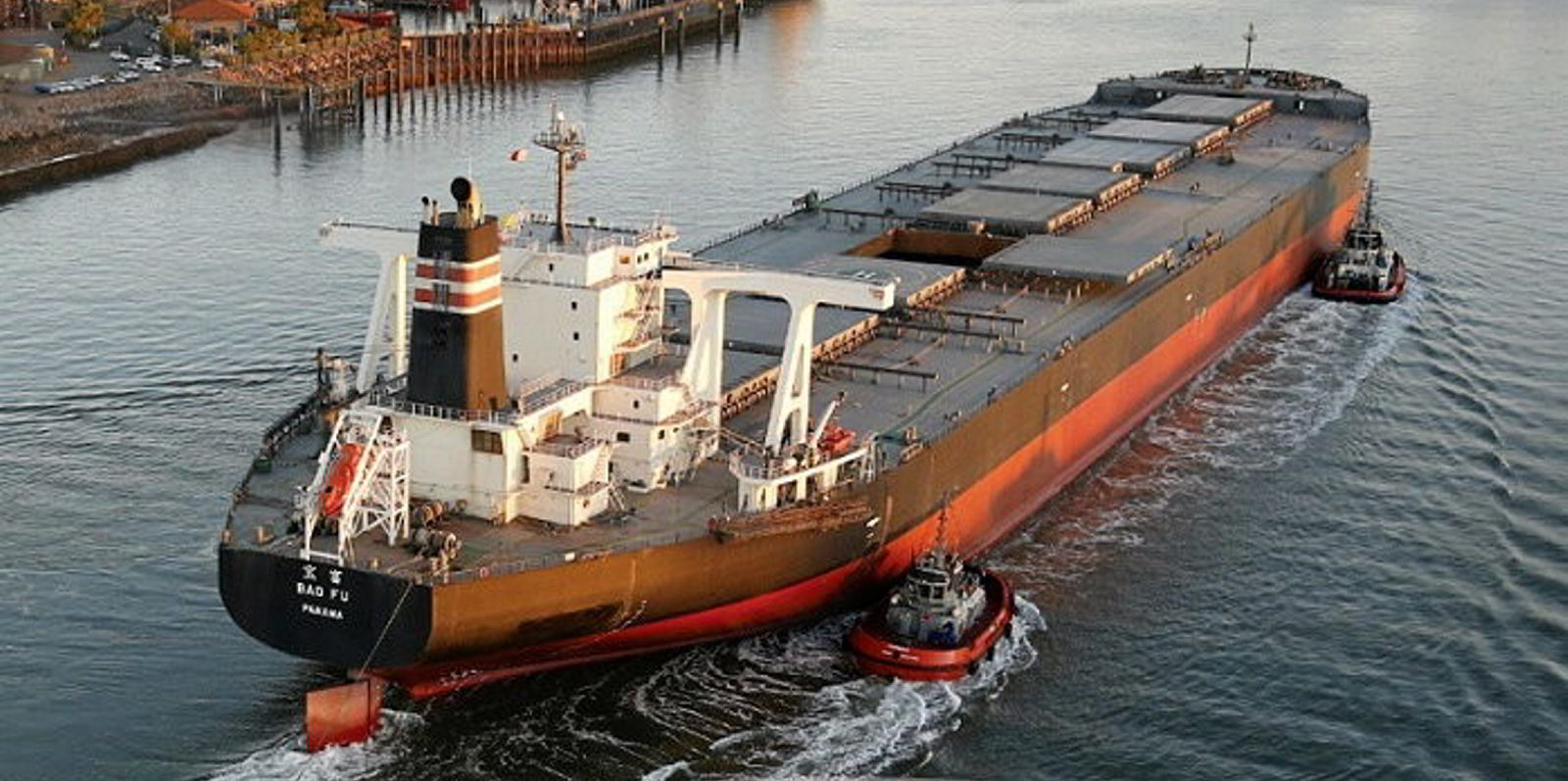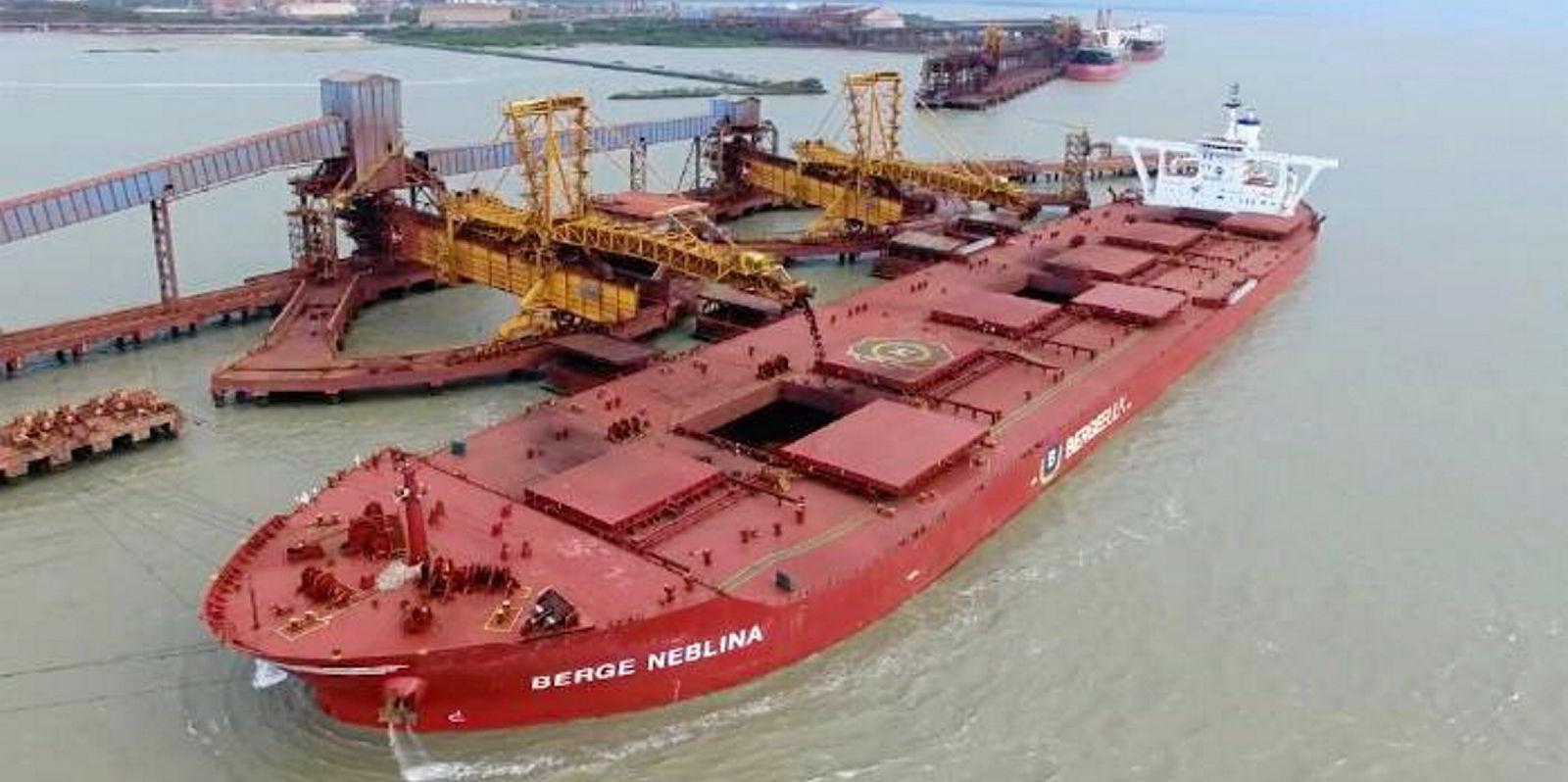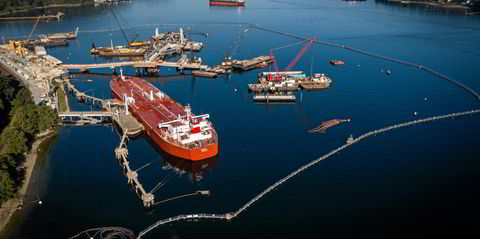China’s efforts to diversify its sources of iron ore beyond Australia and Brazil look to have gone into reverse resulting in mixed results for different bulker types.
Imports of Indian iron ore fell to the lowest level in more than six and a half years in July at just 300,000 tons, according to Simpson Spence Young (SSY).
“Indian customs data shows a collapse in exports following the increase of the export duty on iron ore to 50% in May,” the broker said.
“India-China iron ore shipments reached 33.6m tonnes in 2021, primarily carried on supramaxes, and the curtailment of this trade removes a significant source of demand for tonnage looking to return to East Asia after discharging on the Indian subcontinent,” it added.
SSY said another major loss of cargo was the halt of iron ore exports from the Port of Yuzhny in Ukraine, due to Russia’s invasion in February 2022.
Producers are now forced to rail cargoes to Constantza or Baltic Sea ports, or use river barging and as a result, seaborne shipments to East Asian markets primarily China have fallen sharply.
“China imported 5.4m tonnes of Ukrainian iron ore in the first seven months of 2022, almost all shipped before the outbreak of war, down from 10.7m tonnes in the same period last year,” SSY said.
“This implies a loss of around 43.6m tonne miles based on a voyage from Yuzhny to Central China,” it added.
China’s imports of Canadian iron ore have also fallen this year, down by 2.5m tonnes year-on-year over the January-July period to 6.5m tonnes.
SSY said this reflects a return to more typical trading patterns, where Canadian iron ore is primarily sold into European markets.
“The shorter trans-Atlantic voyages represent a tonne mile negative for capsizes,” the broker said.
Furthermore, with Baffinland yet to secure permission to increase shipments from its Mary River Mine the majority of the iron ore trade from Baffin Island this shipping season was covered by existing contracts, resulting in little seasonal support to the Atlantic panamax market, SSY said.
“This ice class trade has greater significance this year given the expectation Russian coal shipments from the Baltic Sea and Murmansk this winter will be curtailed by sanctions,” the broker added.
More positive for seaborne trade was the resurgence in West Africa-China capesize iron ore shipments following the reopening of the Tonkolili mine in Sierra Leone.
“China imported 4m tonnes of iron ore from Sierra Leone in January-July, more than in the four previous years combined and monthly shipments reached 1m tonnes for the first time since 2014 in July,” SSY said.
“With Guinean bauxite exports to China also increasing, West African mineral exports have been a rare source of fronthaul capesize demand growth this year,” it added.
Chinese demand, potentially supported by government-directed economic stimulus, will be key to the outlook for iron ore exporters.
“Amid a real estate crisis and manufacturing sector slowdown, the delivered price of 62% Fe iron ore in North China (TSI) fell to a 10-month low of $95 per tonne on 2 September,” said SSY.
“Smaller producers outside Australia and Brazil have historically been positioned higher on the cost curve and a sustained period of price weakness would see some come under financial pressure.
“This could tilt Chinese imports further towards lower-cost producers in Australia and Brazil,” the broker added.






